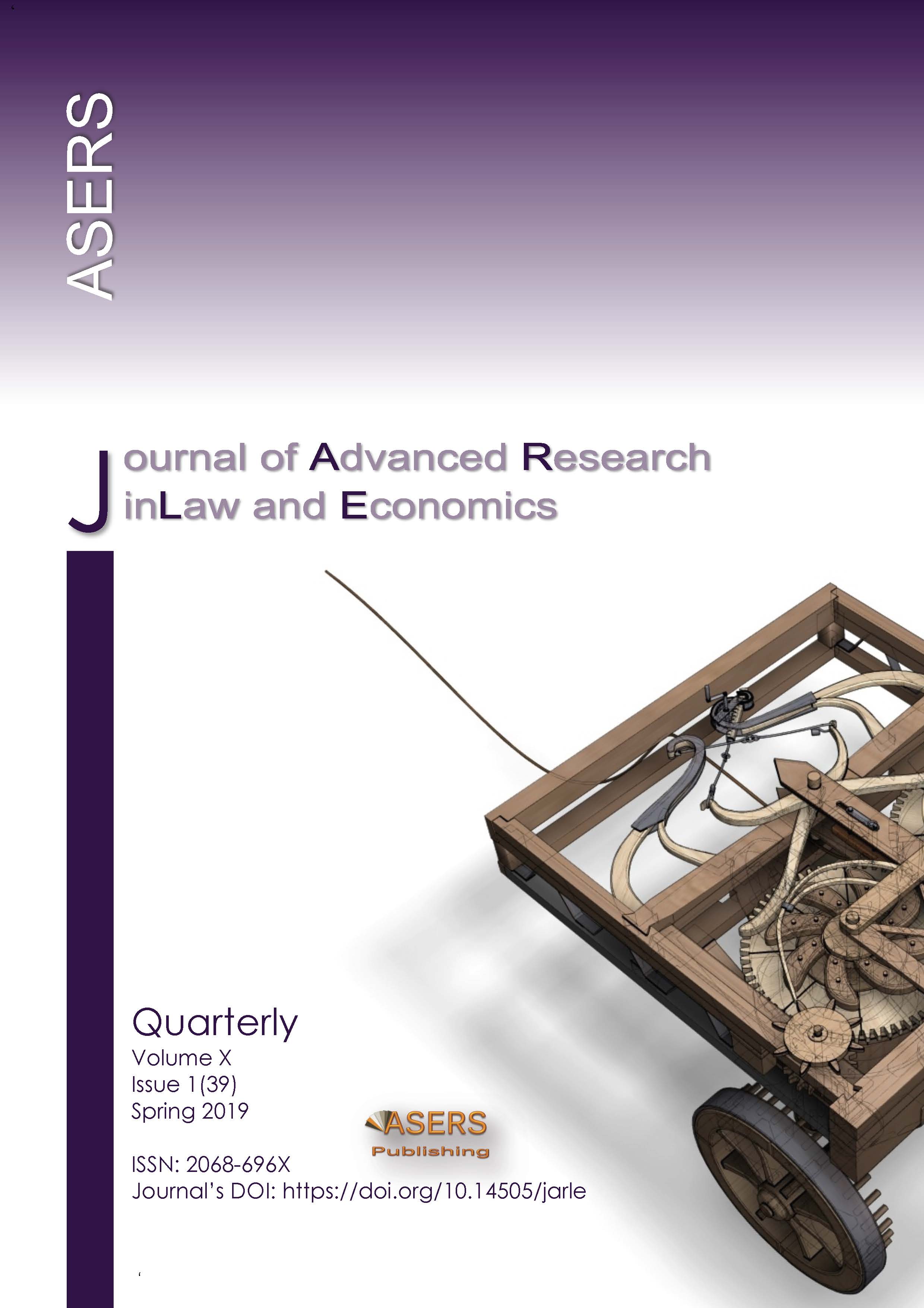Regional Assessment of Corruption: New Approaches
Regional Assessment of Corruption: New Approaches
Author(s): Elina L. SIDORENKO, Pierre von Arx, Zarina I. KHISAMOVA, Magomed V. EsendirovSubject(s): Law, Constitution, Jurisprudence, Corruption - Transparency - Anti-Corruption
Published by: ASERS Publishing
Keywords: corruption; multifactor index; correlation; corruption risks; corruption potential;
Summary/Abstract: The paper presents the author's method of comprehensive analysis of corruption in the Russian Federation and develops forecasts of its development in the short and medium term. The purpose of the study is to formulate and substantiate a number of new scientific provisions at the theoretical level that can in the future form the basis for the prevention of official crime in the regions. A number of strategic and tactical tasks should be performed to achieve this goal. It involves generalization of criminological, social and economic indicators of the development of the territorial entities of the Russian Federation, the identification and evaluation of hidden systemic dependencies between social indicators and the level of corruption, the definition of sustainable relationships between individual indicators and the development of methods of anti-corruption rating. The nature of the goal allows to expand the functional direction of the study by assessing not only the criminological, but also the socio-economic development parameters of the Russian Federation territorial entities. Methodology: The novelty of the work is manifested in the fact that the algorithm of studying and predicting regional corruption on the basis of multifactor analysis of criminological, social and political indicators is proposed for the first time in domestic criminology. The steady relationship between the economic situation of the region and the qualitative and quantitative indicators of corruption crime noted in the work allows to adjust the existing methods of corruption prevention through the ranking of the Russian Federation territorial entities and the impact on the ‘pain points’ of certain regions.
Journal: Journal of Advanced Research in Law and Economics (JARLE)
- Issue Year: X/2019
- Issue No: 39
- Page Range: 357-362
- Page Count: 6
- Language: English
- Content File-PDF

